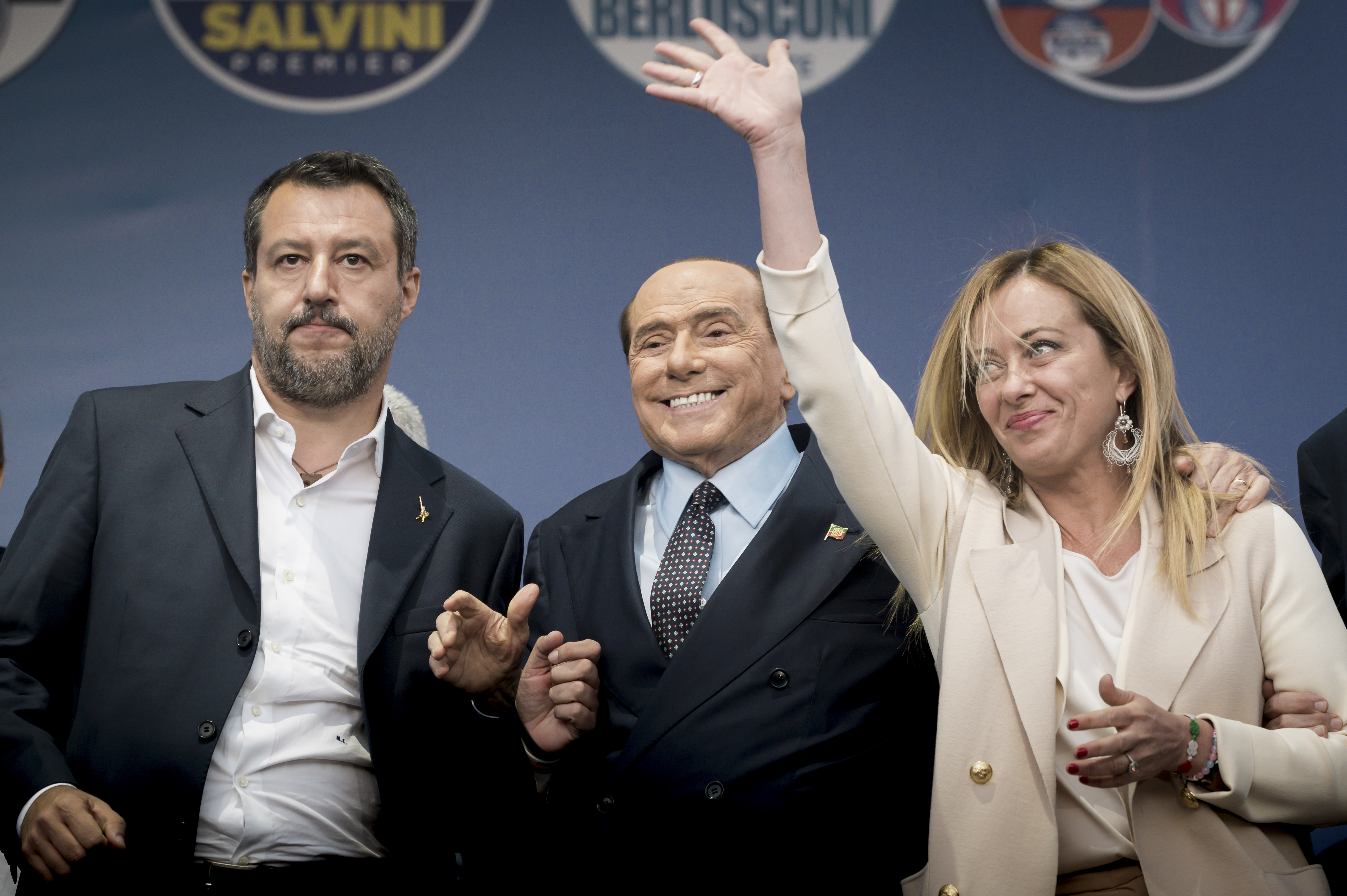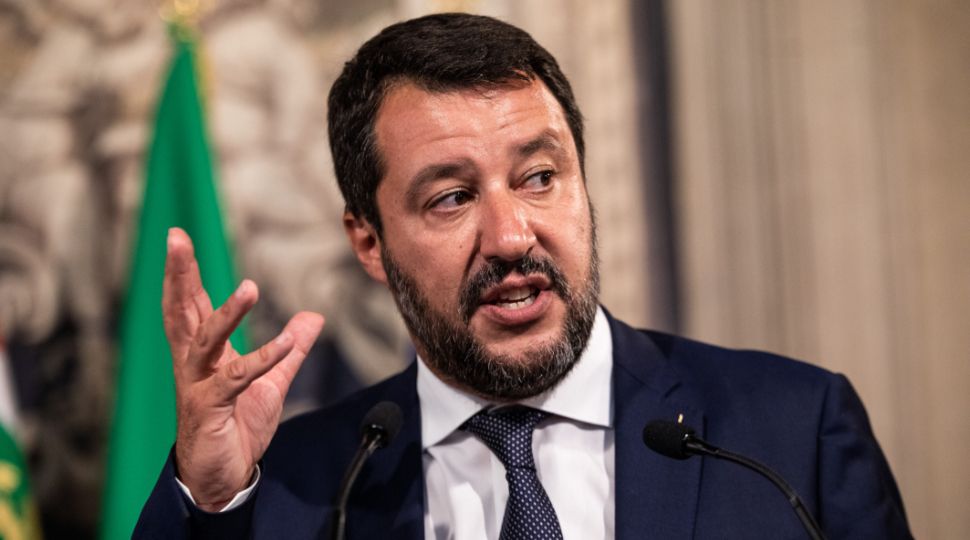Right-Wing Coalition Wins Parliamentary Elections in Italy
The elections to Italy’s Chamber of Deputies and Senate on 25 September were won by the Centre-Right coalition led by the Brothers of Italy (FdI) party headed by Giorgia Meloni. The winning party’s won over voters by its decision to remain in opposition to the government of Mario Draghi, which was supported by all other parties. The right-wing’s victory was also facilitated by the inability of the Democratic Party (PD) and the 5 Star Movement (M5S) to form a coalition, which split the votes of left-wing voters. The biggest challenge for the FdI-led coalition will be to simultaneously maintain the support of the voters, good relations with the EU, and the confidence of the financial markets.
 Valeria Ferraro/ Zuma Press/ FORUM
Valeria Ferraro/ Zuma Press/ FORUM
Which parties make up the Centre-Right coalition?
Italy’s electoral coalition system avoids mutually debilitating competition while maintaining the ideological distinctiveness of the individual parties. For many years, the leading force of the right-wing alliance was Silvio Berlusconi’s Forward Italy, which is part of the European People’s Party (EPP) in the European Parliament (EP). The results of the 25 September elections confirmed the shift in the hierarchy within the coalition observed at the polls. The best result was achieved by the Meloni-led FdI party (26% of the vote), part of the European Conservatives and Reformists (ECR) faction in the EP. Meloni based her campaign on emphasising Italy’s sovereignty, maintaining equal relations with other EU countries, and social conservatism. Her success weakened The League led by Matteo Salvini (8.8% support), which focuses on anti-immigrant and regionalist positions and belongs to the European Identity and Democracy (ID) party. Emphasising its Euro-enthusiasm, Forward Italy came only third with 8.1%, while less than 1% was won by a group of Christian-Democratic politicians under the banner of “We the Moderates”. The combined result of 43.8% gives the Centre-Right an absolute majority in both houses of parliament. However, the pre-election coalition does not prejudge the formation of a joint government, which will be the subject of negotiations between the parties and also with the president of the republic.
What was the reason for the defeat of the centrist and left-wing parties?
The main competitor of the Centre-Right was the Centre-Left coalition of four parties, which received only 26.13% of the vote. The crisis in the popularity of the pro-European and centrist PD (19.1%), which dominates this alliance, must be seen as the main reason for its defeat. The attraction of some left-wing voters by the populist M5S, which refused to join the coalition and dominated the south of the country, was also of no small importance. Contrary to polls giving M5S (winner of the 2018 elections) less than 10% support, the party managed to win around 15% of the vote. The increase in M5S’s score in the final weeks of the campaign is due to the party’s leader and former Italian Prime Minister Giuseppe Conte, who tried to attract voters with the promise of a guaranteed income, a demand for lifting the sanctions against Russia, and opposition to military aid to Ukraine. Simultaneously, voters rejected the former M5S leader and Foreign Minister Luigi di Maio’s Civic Commitment (IC) group, part of the Centre-Left coalition, which split with the vote with M5S. IC did not even receive 1% of the vote in the elections. Di Maio opposed the fall of the Draghi government and supports sanctions against Russia and aid to Ukraine.
What challenges does the new majority face?
Despite gaining a majority in both houses of parliament, building a coalition government with Meloni as Italy’s first female prime minister may take time due to the possibility of opposition from the president to what he sees as controversial ministerial nominees. FdI’s weakened coalition partners will want to use the argument of their indispensability to maintain the majority to get personal and programme concessions from the dominant party. Forward Italy may claim influence over European policy, while The League’s ambition will be to obtain the post of interior minister. Meloni will have to reconcile her fresh image as a moderate conservative with the mood of a party base familiar with fascist sympathies. To continue benefiting from the EU Recovery Plan and not drive up Italian bond yields, the new government will have to pursue a cautious policy towards EU institutions.
What does the rule of the Centre-Right mean for Poland?
The Polish government is likely to gain an ally in the Centre-Right coalition in blocking some of the EU’s institutional reforms, such as the abolition of the unanimity rule in certain votes in the EU Council. Although rhetorically the new Italian government will demand an end to the blocking of funds for Poland from the National Recovery Plan, its priority will be to obtain the money owed to Italy and to remodel cohesion mechanisms in such a way that they benefit the southern rather than the eastern part of the EU. The role of the alliance with the U.S., emphasised by all coalition partners, will determine the continuation of the Draghi government’s policy of supporting Ukraine and condemning Russia for the invasion. However, possible gas supply problems and high energy prices during the approaching winter may increase the weight in the coalition of the pro-Russia League and Forward Italy. Due to FdI’s close ties with the U.S. Republican Party, cooperation with the Biden administration may face problems. Italy is unlikely to be expected to be more active than before in the defence of NATO’s Eastern Flank or in the supply of arms to Ukraine.




